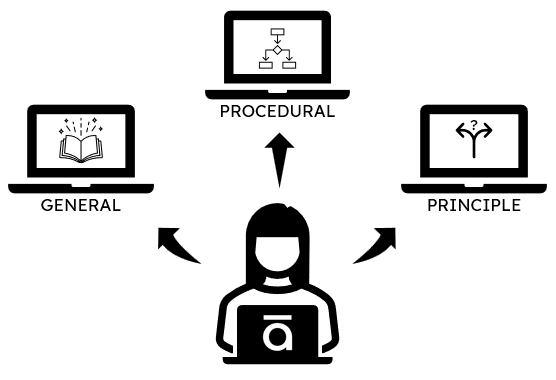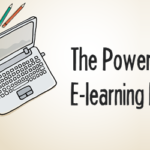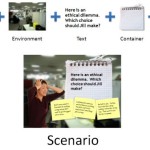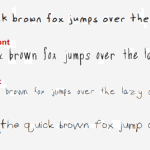Hello Tom, I write this as an individual, not a corp representative.
I am long time user of articulate and 360, however i tend to go Rise only these days, and rise have not caught up with Storyline just yet…
In that sense enabling these information dumps, but i think also there need to be that transition time to online or, in a perfect, less volatile world, a completely redeveloped output from the desktop storyline. If storyline as an desktop offline application could produce exactly what rise can ( no player), now and in the future, and add the storyline “limitless parts” as “player options”, a lot more could be achieved with a lot less effort and effort equals time and time is always a precious commodity, especially for those internal trainings you mention.
Thank you for writing the writing on the wall and hope you continue to call out and challenge the sometimes cemented status quo on what is good e-learning development practice. I remind my self of OIEST, Objectives Information Exercises Summary Test – Information is needed to bake the OIEST cake, but so are the rest of the ingredients. Feel free to spread the OIEST around.
Looking forward to the next five years development plan for articulate being released. I need something to hold on to when so many online tools run faster then Rise and Storyline.

















0
comments